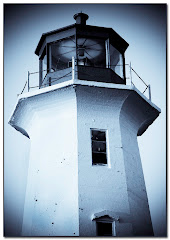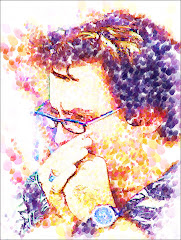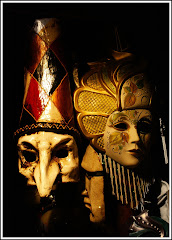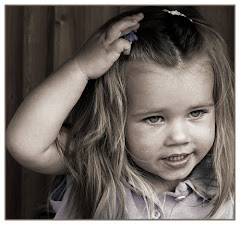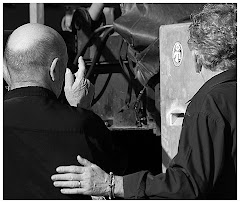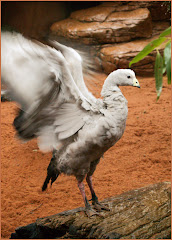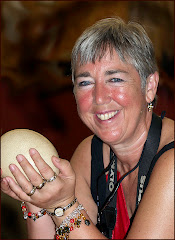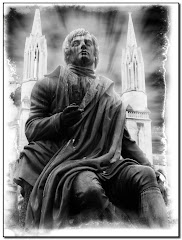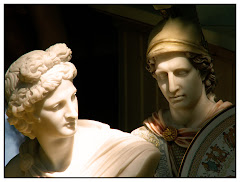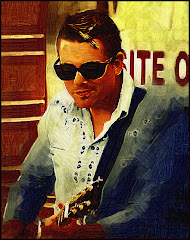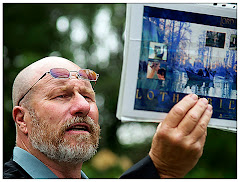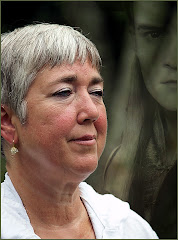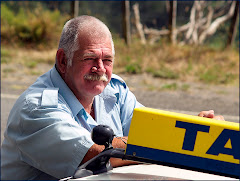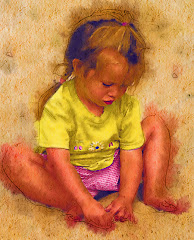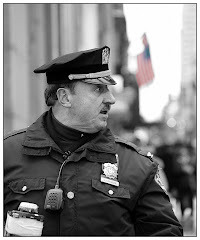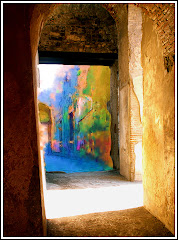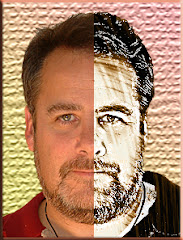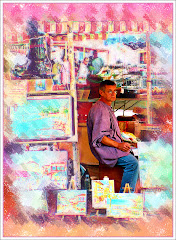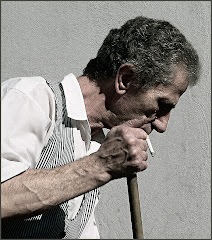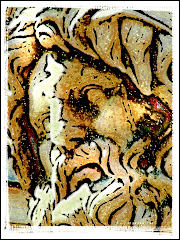
I spent a day in Tuscany. When I left, part of my heart stayed behind. We are planning a trip back to that wonderful region because a handful of hours simply wasn’t enough. Actually, I don’t think a year…a decade...or even a lifetime would be enough.
Tuscany is everything you imagined it to be and much more. The countryside is a perfect canvas for all artists. It inspired the artist, Michelangelo and birthed the incomparable singer Andrea Bocelli. It’s where you will see vineyards and history and the kind of countryside you thought could be found in storybooks.
It’s also where Alessandro Ornelli makes his art. Alessandro lives in Toscana. By day he is a PC technician but when he packs up his camera and heads out for the fabled countryside of Tuscany, he’s on his way to becoming one of the top graphic artists on flickr.
He is absolutely one of my all-time favorites.
I wanted to start this series of articles with Alessandro because the first time I saw his work, it took my breath away. I mean it. I saw an explosion of colors and light and I distinctly remember my jaw dropping as I sat in front of my computer having one of those “oh my God” moments every photographer hopes to inspire with his or her work.
It’s difficult to speak with Alessandro. His English isn’t good…and my Italian (beyond phrases like “Where is the red dog radiator banana located?” and “Please, madam, may I have three of your large green ears?”) isn’t much better.
We had to do all our talking through translators.
But look at these images and try to tell me Alessandro has a hard time making himself understood. I dare you.
“I love clouded, dramatic skies,” Alessandro writes. Okay. He didn’t have to tell us that. Both of the images he selected to be shown to you feature those huge Italian skies. Up top is one of his favorites. The Italian title translates to “Rain Threatens.”
You need to have a look at this image’s full size so click on it, spend a minute or two looking at it (and wishing you’d taken it…because I sure do) and then click on the “Back” button and meet me back here.
First, let me draw your attention to the leading line. Alessandro crops his image so those lines lead right to the sky. Open the picture again and have a look. As you look at the image, you will more than likely find your eyes following the furrow directly to that fabulous sky.
There are three beautifully ordered color grids being used here: the foreground is this awesome earthy brown. To the sides and the middle is vibrant green. The sky is comprised of varying shades of grey and black.
You need also to watch and see how this artist has used light. There’s light in the clouds as well as two lines defining the break between the brown earth and the green middle ground. See how he has used light to create that division?

Light plays and even bigger role in the second canvas Alessandro chose to show to you. This is the effect we have all seen and find very difficult to replicate. My wife and I call these “God rays” – bright lances of sunlight breaking through the clouds and shining perfectly on the earth below.
There are two really interesting things about this image to me. First: it has to be about 85% sky. The artist has decided the light and texture of his work are what he wants you to see. Where the first image started your eye at the bottom of the shot and then led you to the clouds – this image starts with your eye wandering around those wonderful dramatic clouds and then riding the rays of light down to the ground. In this image, earth is more of an afterthought…and, with a sky like this, why shouldn’t it be?
Look at the colors: strong greens and blues and whites. Bold and so very lovely.

This is my personal favorite. I chose it from Alessandro’s Photostream to share with you. I looked at this for a very long time the first time I saw it. The English translation is “The Party Ends.”
Do you see a continuation of what makes this artist truly exceptional? The sky, the perfect textures and the LIGHT – so lovely that it almost hurts your eyes. One lone umbrella remains and the people have vanished. The clouds are reflected in the water, the sand is textured with lines that lead to the water and then onto the sky. To me, this work is incomparable.
Alessandro says he spends about half an hour on each HDR image and shoots about 60% of his work in HDR. There’s a deftness, confidence and skill about his work, isn’t there?
I wonder how many Tuscany businessmen have watched him working on their PCs and had no idea who he was…or the awareness of beauty that waits within him.
Alessandro Ornelli’s flickr photostream can be found at http://www.flickr.com/photos/10235766@N08/
Pop by for a look. Who knows? You just might learn something.
I certainly did.
NOTE: All photos in this blog segment are by Alessandro Ornelli and are used with his permission. He reserves all rights.





